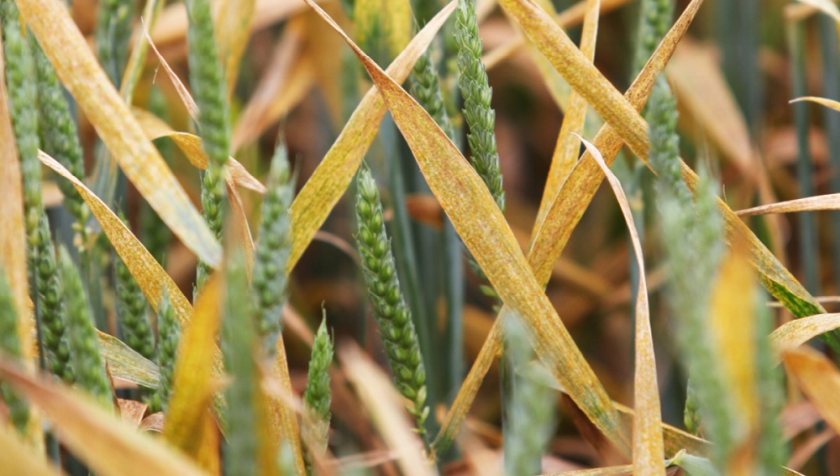
A major boost for British crop protection is underway as AHDB invests over £800,000 in a three-year project to deliver crucial data on how well fungicides perform against key crop diseases.
Following a competitive tender process, the consortium—which includes Harper Adams University, NIAB, and Scotland’s Rural College (SRUC)—will maintain and manage the long-standing fungicide performance project, one of AHDB’s largest initiatives after the Recommended Lists.
The project generates essential, unbiased data on the effectiveness of fungicides used to control key foliar and ear/pod diseases in wheat, barley and oilseed rape.
The findings help farmers and agronomists develop tailored fungicide programmes using the most effective active ingredients and mixtures based on local disease threats.
Georgia Hassell, who manages the programme at AHDB, said: “The fungicide performance project has seen several iterations, with the first dose-response curves published in 1996.
"In 2015, we united the trial series for wheat, barley and oilseed rape within a single programme that continues today.”
Each year, trials are conducted in locations across England and Scotland selected for their high disease pressure.
The consortium also collaborates with Teagasc in the Republic of Ireland, pooling dose-response data to ensure even broader reliability and coverage.
Thanks to longstanding relationships with fungicide manufacturers, the team is well placed to procure and assess new products ahead of commercial release.
This enables the release of efficacy data as soon as fungicides receive regulatory approval, supporting early adoption of the most effective treatments.
The trials provide a critical long-term resource for tracking changes in fungicide performance—such as the early 2000s decline of strobilurin efficacy, the gradual reduction in azole effectiveness, and more recent developments in SDHI performance.
The main findings are unveiled each year at the AHDB Agronomy Conference in December.
